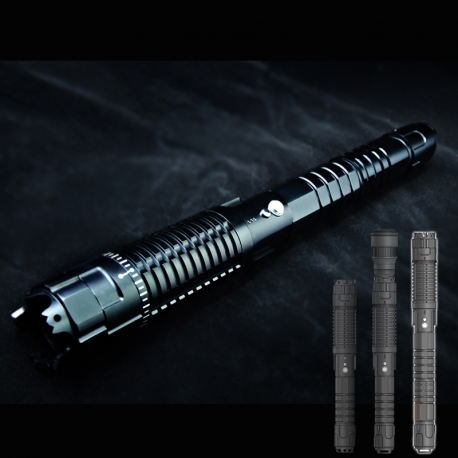The new phenomenon of displaying bubbles is called multi-photon absorption creation, which occurs when the light is focused at the point where femtosecond laser multi-photon absorption occurs. Multi-photon absorption allows researchers to create microbubbles at very precise locations, focusing by moving the laser pointer into a liquid-filled container as different parts of a “screen”. Use a high-viscosity or dense liquid to prevent foam from forming in the liquid, but once bubbles form, they immediately rise to the top of the liquid.
When an external light source such as a halogen lamp or a high-power LED emits light scattered onto the foam, a visual pattern is formed. The researchers made monochrome images by converting the colors of light-emitting diodes into white, red, blue, and green. They also explained that lighting graphics with a projector can produce different colors in different areas of the image.
Rather than creating each bubble one by one, the researchers used computer-generated holograms to form a laser 3D pattern, allowing them to control the number and shape of microbubble voxels. This method also increases the amount of light scattered from the microbubbles, making the image brighter.
In the paper, the researchers demonstrated their technique by creating a sequence of 2D bubble images of mermaids, 3D rendered rabbits and 2D dolphin graphics with four different colors. They also found that the formation of microbubbles depends on the irradiation energy of the laser, and the contrast can be corrected by changing the number of green laser pointer pulses used to irradiate the liquid.
“Our bubble graphic has a wide viewing angle and can be updated and colored,” Kumagai said. “Although our first three-dimensional graphics are on the millimeter scale, we have achieved the first step towards a renewable full-color stereoscopic display.”
Researchers are now developing a system that will use the burst characteristics of bubbles in the liquid to cause the image to be changed or cleared. They are also studying ways to form larger graphics, which need to overcome the problems of spherical aberration caused by the mismatch of the refractive index of the liquid screen, the liquid held by the glass, and the air.
